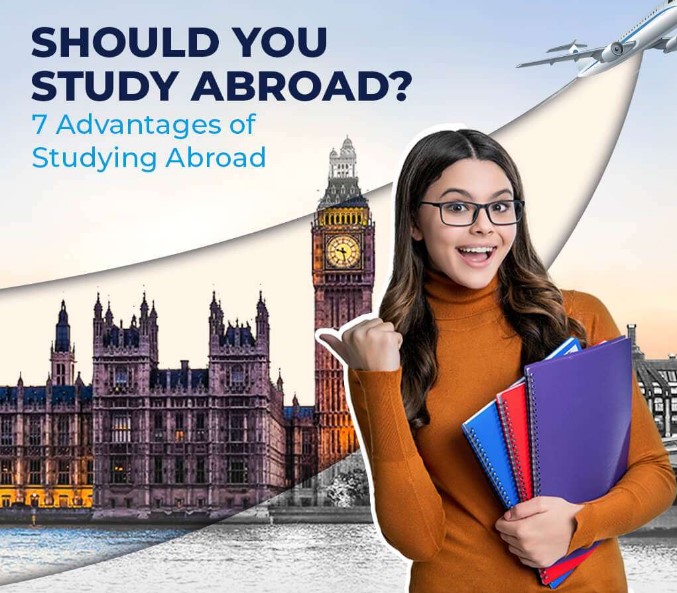A student visa for the U.S. is essential for students who wish to study in the country and need legal authorization to do so. It facilitates their education, potential employment during or after studies, and provides opportunities to engage with the U.S. educational system.

1. Legal Entry for Academic Pursuits
- Purpose: A U.S. student visa allows foreign nationals to legally enter the United States to pursue a full-time academic program at an accredited U.S. institution. Without the proper visa, students cannot study in the U.S. and may face legal issues, including being denied entry.
2. Eligibility for Study at U.S. Schools
- Requirements: The student visa ensures that the individual meets the eligibility requirements for studying at a U.S. educational institution, whether it’s a high school, undergraduate, graduate, or post-graduate program.
3. Temporary Stay for Education
- Duration: U.S. student visas, such as the F-1 (for academic students) or M-1 (for vocational students) visa, are generally valid for the duration of the student’s program, with possible extensions. The visa allows students to stay temporarily in the U.S. while they complete their education.
4. Work Permissions While Studying
- Employment: Certain student visas (such as F-1) allow students to work in specific situations, like part-time on-campus employment or internships related to their field of study. For example:
- On-campus work: Limited to 20 hours per week during the academic term.
- Optional Practical Training (OPT): Allows F-1 visa holders to work in their field of study after graduation for up to 12 months (up to 36 months for STEM graduates).
- Curricular Practical Training (CPT): Permits work off-campus during study if it’s directly related to the academic program.
5. Exposure to U.S. Educational System
- High-Quality Education: The U.S. is home to some of the world’s most prestigious universities and colleges. Students come to the U.S. to take advantage of the high-quality education and gain access to world-class resources, research opportunities, and a diverse learning environment.
6. Cultural Exchange and Networking
- International Experience: Studying in the U.S. offers the opportunity to interact with people from various cultural backgrounds, fostering cross-cultural understanding and building a global network of contacts that can benefit students in their future careers.
7. Post-Graduation Opportunities
- Career Pathways: Graduating from a U.S. institution often opens up career opportunities both within the U.S. and internationally. Many U.S. companies value international graduates, and students can gain skills and qualifications that are highly regarded worldwide.
8. Dependents Can Accompany
- Family Visas: Student visa holders can bring their spouse and children (under 21 years old) to the U.S. on an F-2 or M-2 visa. These dependents can reside in the U.S. but cannot work (except in certain cases for spouses with specific authorization).
9. Pathway to Other U.S. Visas or Permanent Residency
- Transition to Other Visas: After completing their studies, international students may be eligible to change their visa status to a work visa (like an H-1B) or pursue permanent residency options through employer sponsorship or family-based petitions.
10. Government Regulations and International Relations
- Security and Compliance: The student visa process ensures that individuals coming to the U.S. are properly vetted, allowing the government to ensure that students are bona fide and intend to return to their home country after completing their studies.



